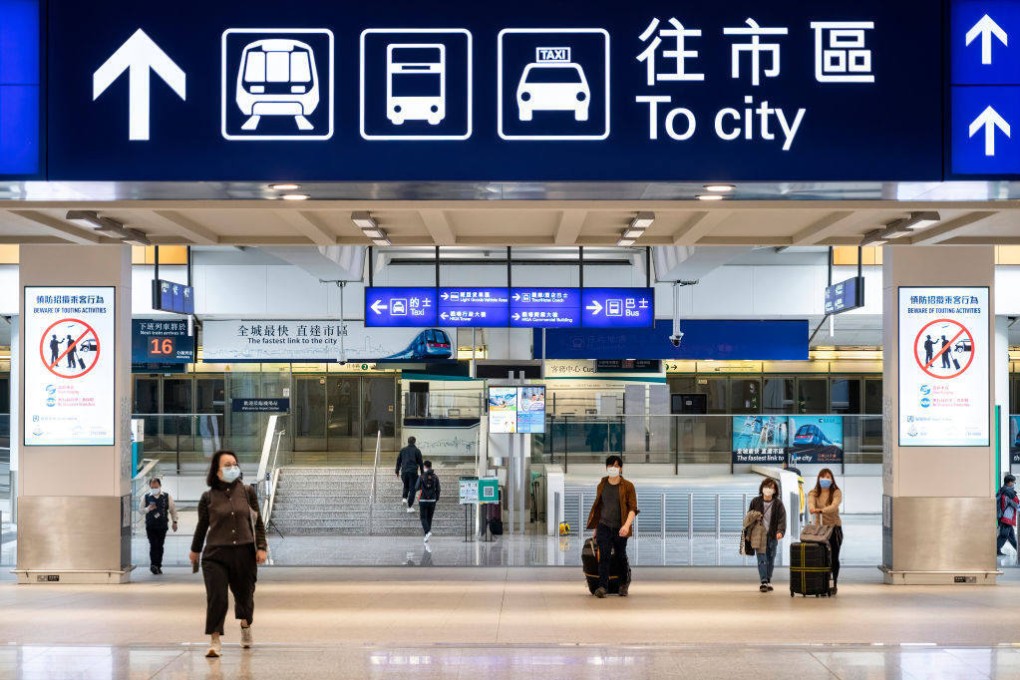Letters | To revive the economy, Hong Kong mustn’t make visitors jump through hoops
- Struggling businesses are ready to welcome tourists safely back to the city, but more must be done to make things as smooth as possible for visitors and returnees

As the end of the pandemic draws near, major regional economies such as Singapore and South Korea are already resuming normalcy. Given that Hong Kong has one of the highest vaccination rates among Asian economies, we too should be focusing on how to take advantage of the post-Covid boom in travel to revive the economy and give those working in the hard-hit industries of food, retail and tourism their livelihoods back.
Everyone in the tourism, hotel and retail sectors eagerly looks forward to tourists visiting Hong Kong again. We cannot rely solely on local consumption for survival, even in the near term. Tourists are always impressed by Hong Kong’s vibrancy, efficiency and neatness. It is time to show the world Hong Kong is back in business.
First and foremost, we should give visitors an excellent first impression. For the longest time, people flying into Hong Kong had to spend three to four hours at the airport while officials checked their preflight Covid test results and quarantine hotel bookings, and then carried out another round of testing. Such hassle is totally unacceptable and hurts Hong Kong’s image as an international city.
Before we can fully open, our government should do what it takes to make things as smooth as possible for visitors and returnees. The civil servants deployed to oversee the various stages of the airport’s complicated quarantine process should try to walk in the shoes of the passengers. If there are not enough personnel at the airport, perhaps we should send mid-ranking bureaucrats to the front line to do some real work, so they can see for themselves the unwelcoming situation that awaits arrivals.